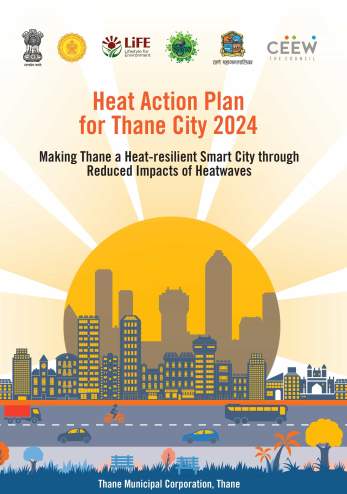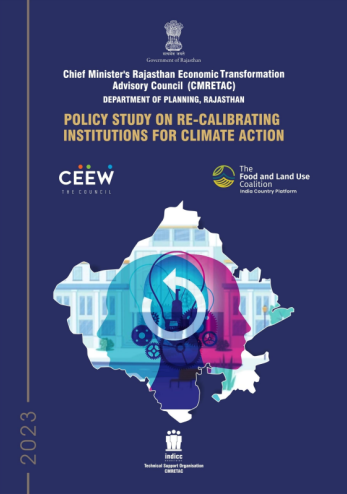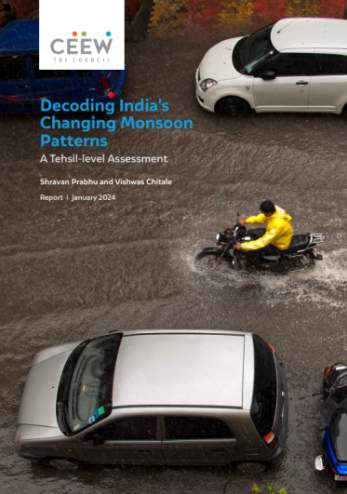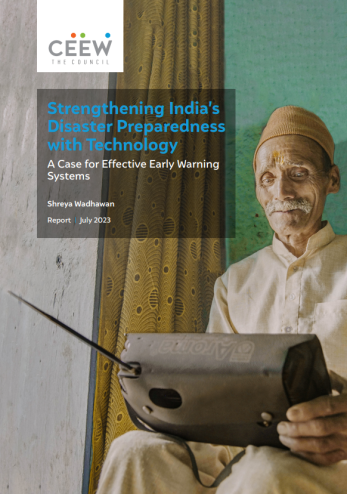Paper
Predicted Increases in Heat-related Mortality Under Climate Change in Urban India
Hem H. Dholakia, Vimal Mishra, Amit Garg
June 2015 | Climate Resilience
Suggested Citation:Dholakia, Hem H., Vimal Mishra, and Amit Garg. 2015. Predicted Increases in Heat-related Mortality under Climate Change in Urban India. Ahmedabad: Indian Institute of Management.
Overview
This study, in collaboration with the Indian Institute of Management (IIM), Ahmedabad, analyses the implications of global warming on heatwave mortality in urban India. It provides a comprehensive assessment of mortality in 52 urban areas (population more than 1 million) located in diverse climatic regimes. Further, it gives an overview of climate change-related impacts in selected Indian cities such as Ahmedabad, Shimla, Bengaluru, Hyderabad and Mumbai.
The study considers air temperature projections for the two (4.5 and 8.5) representative concentration pathways (RCP). The RCP 4.5 assumes a scenario where radiative forcing stabilises at 4.5 W/m2 by the year 2100. This corresponds to an increase in average global temperature of about three degrees centigrade. The RCP 8.5 is an extreme (or worst case) scenario where countries take minimal mitigation actions to thwart future climate change. This corresponds to a scenario that has the highest greenhouse gas emissions and may lead to an increase in average temperatures up to six degrees centigrade.
Key Highlights
- Mortality was projected to increase 71 per cent under RCP 4.5 and 140 per cent under RCP 8.5 scenario.
- Urban areas of Delhi, Ahmedabad, Bangalore, Mumbai and Kolkata projected to experience the highest absolute increases in heat-related mortality in the 2080s under the RCP 8.5 scenario.
- Maximum percentage increase in heat-related mortality is expected in the cold zone and hot and dry zone.
- A greater emphasis on public health policy coordination across sectors a.nd health system strengthening is needed in urban India.
- Twenty urban areas were projected to experience average temperature increases of 4 degrees Celsius or more in winter under RCP 8.5. Urban areas are projected to experience more warming in the winter season than in the summer.
- Urban areas located in northern India, especially in the Gangetic Plain region, are projected to face significant warming in the summer and winter seasons.
- The average percentage increase in heat-related mortality in the 2080s for RCP 8.5 across different models is 140±37 per cent compared to the baseline.
- For RCP 8.5 in the long term (2080s), acclimatisation effects range from 4 per cent to 12 per cent in summer and 1 per cent to 10 per cent in winter.
The urban areas of Delhi, Ahmedabad, Bangalore, Mumbai and Kolkata are projected to experience the highest absolute increases in the heat-related mortality in the 2080s under the RCP 8.5 scenario.







